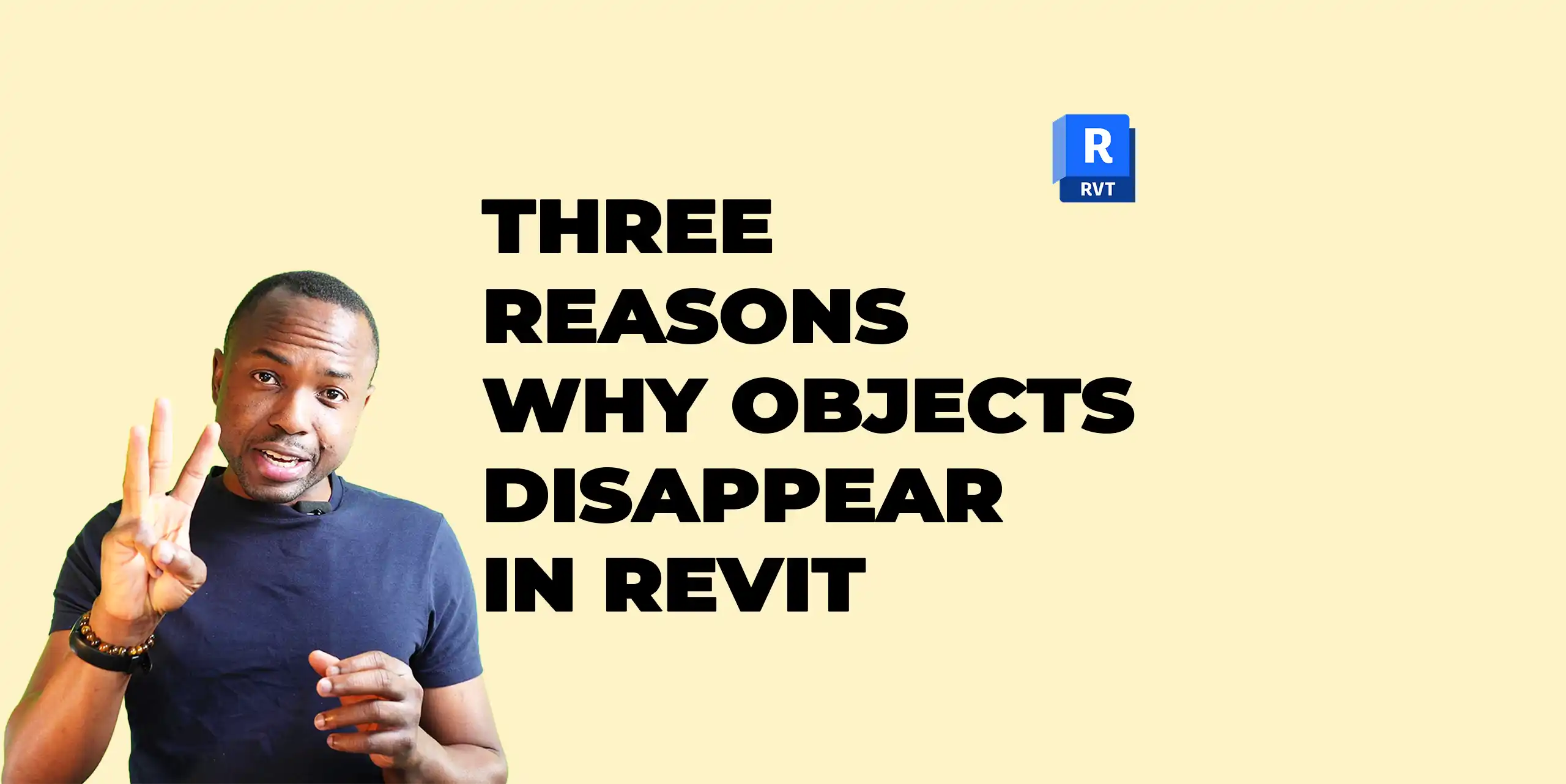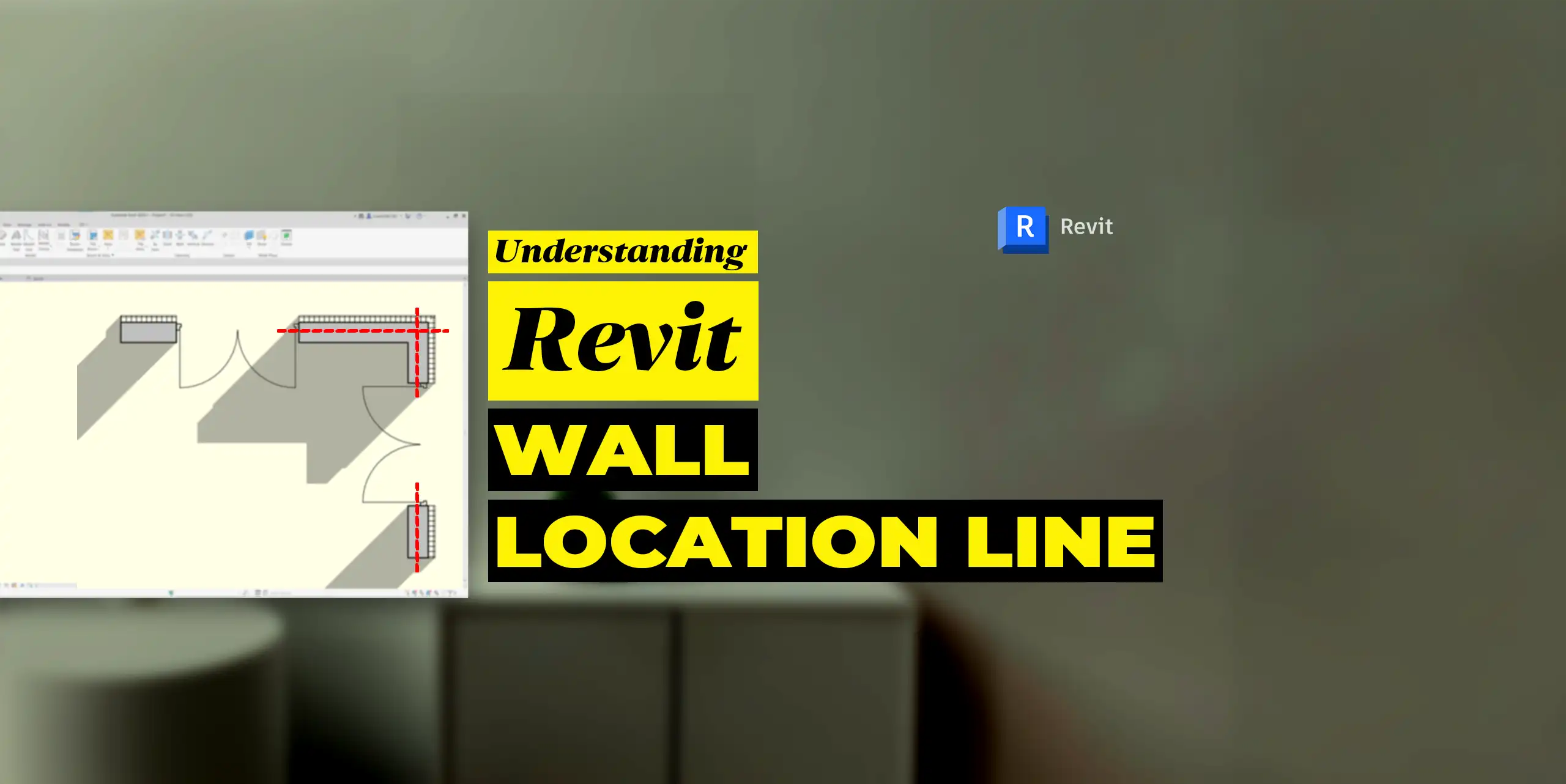Cloud storage has revolutionized Building Information Modeling (BIM) by offering convenient access to project files from anywhere. However, it’s crucial to recognize the potential downsides of relying solely on cloud-based Common Data Environments (CDEs). This article explores the hidden dangers of cloud storage in BIM and emphasizes the importance of local backups.

The Vulnerability of Cloud-Based CDEs
A primary concern is cloud outages. Imagine a scenario where a service outage like the recent CrowdStrike incident disrupts access to your CDE. This can bring your entire project to a standstill, delaying deadlines and incurring financial losses.�
Beyond Outages: Security and Control Issues
Security breaches and data control pose additional threats. Cloud storage providers may have vulnerabilities that leave your data susceptible to cyberattacks. Additionally, some providers might restrict access to your files or even claim ownership, as highlighted by the recent Adobe Creative Cloud controversy.
The Importance of Local Backups
To mitigate these risks, local backups are essential. Regularly backing up your CDE data to a local server creates a safety net. If the cloud becomes inaccessible, you can continue working with your local copy, minimizing downtime and ensuring business continuity.
Cloud storage offers undeniable benefits, but a comprehensive BIM strategy requires a layered approach. By implementing a local backup system alongside your cloud-based CDE, you safeguard your critical project data and ensure peace of mind.
For a more visual exploration of this topic and additional tips on BIM data security, watch the full video here:
Don’t forget to subscribe to the channel for more informative BIM content!







